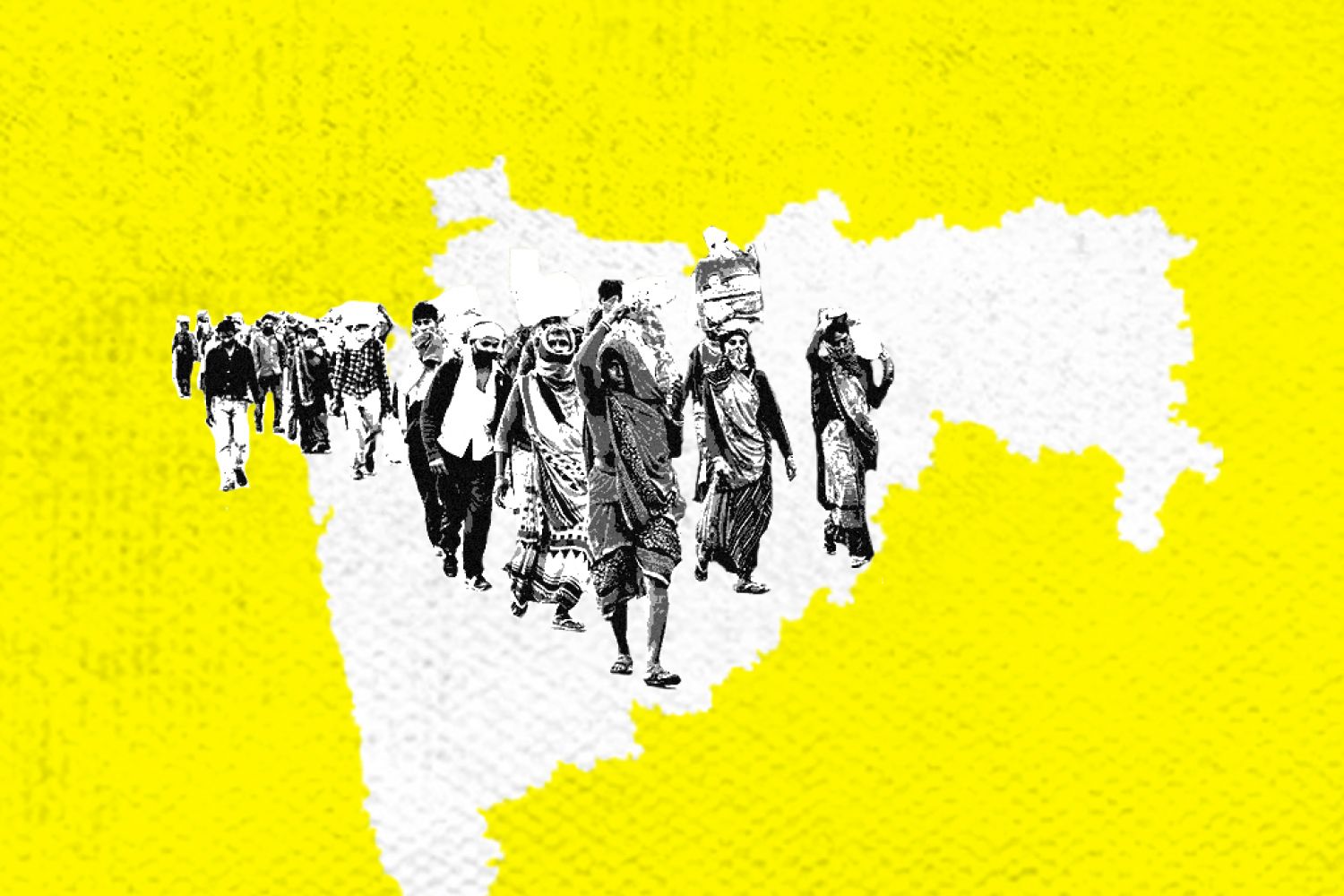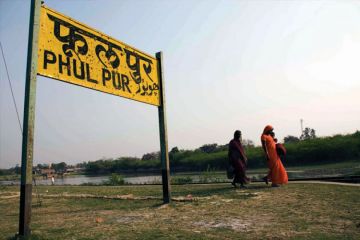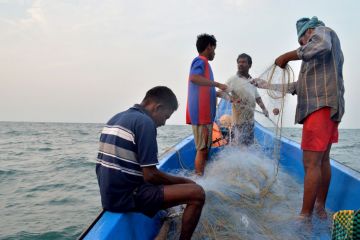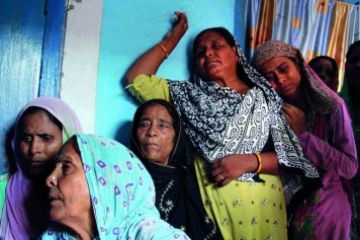
On February 23 a group of 40 travellers left Mumbai on a tour of Dubai organised by Veena World, a tour operator from the city. The group was driven around Dubai in a bus. It was an itinerary packed with stops at the malls, souks and a visit to the pearl white mosque in Abu Dhabi, the largest in the UAE. Seven days later, they returned to Chhatrapati Shivaji International Airport, Mumbai and bade their goodbyes. They hugged and shook hands and dispersed to different parts of Maharashtra and Karna





